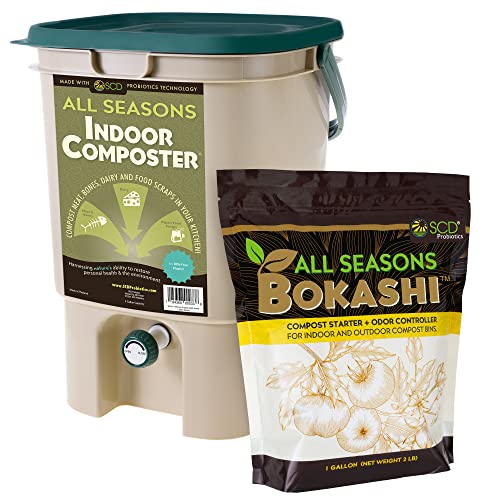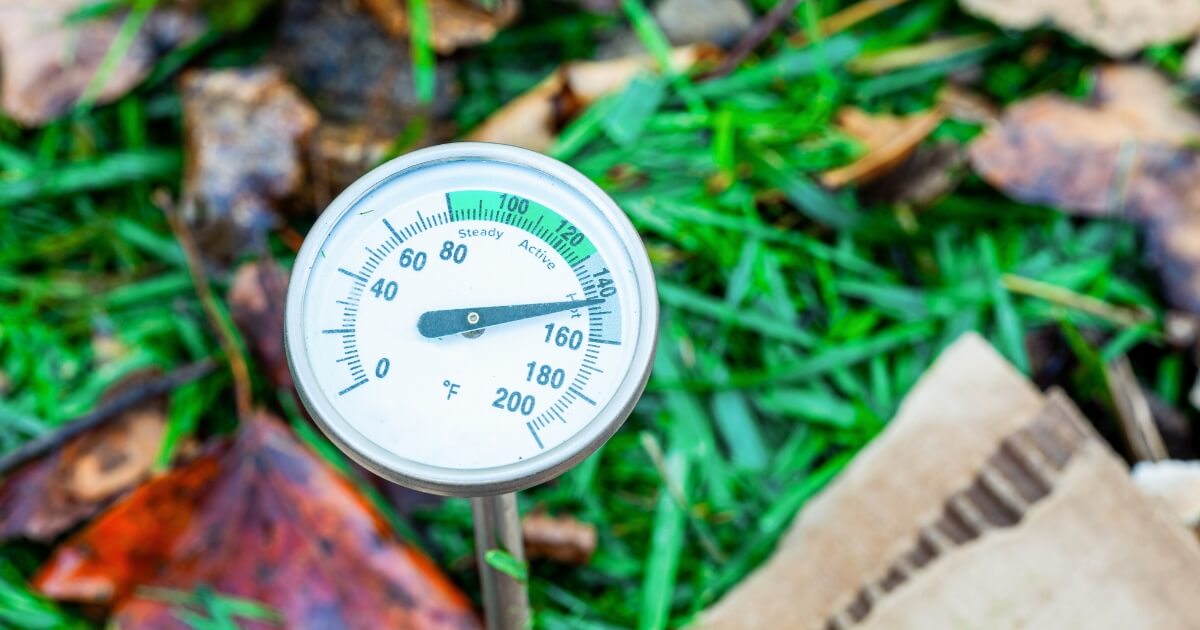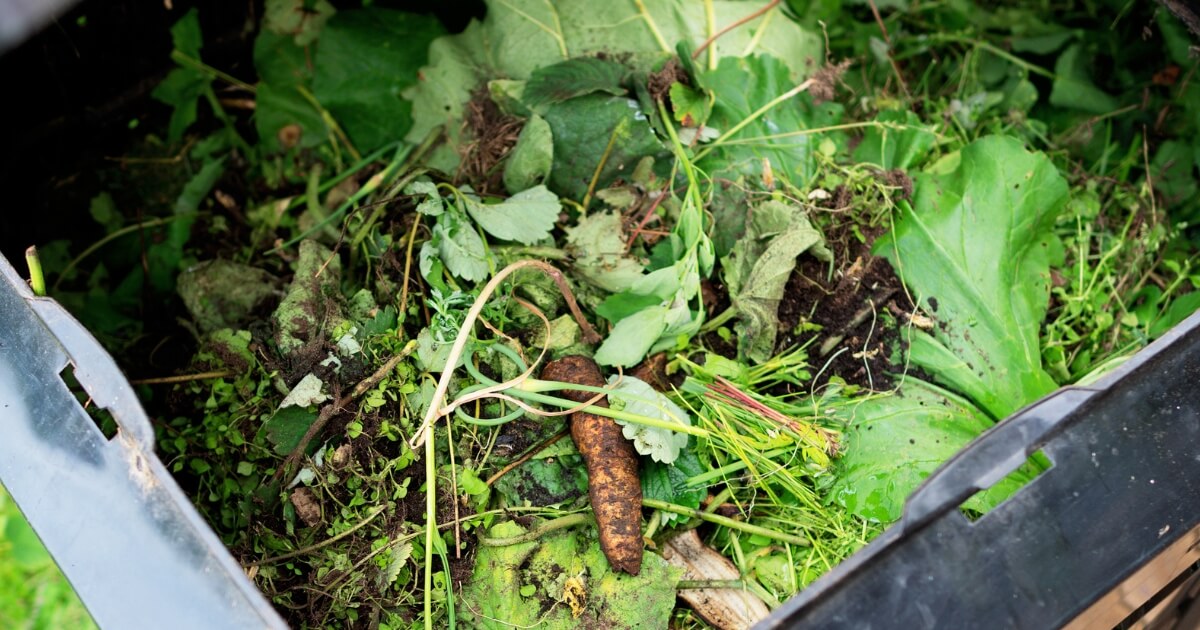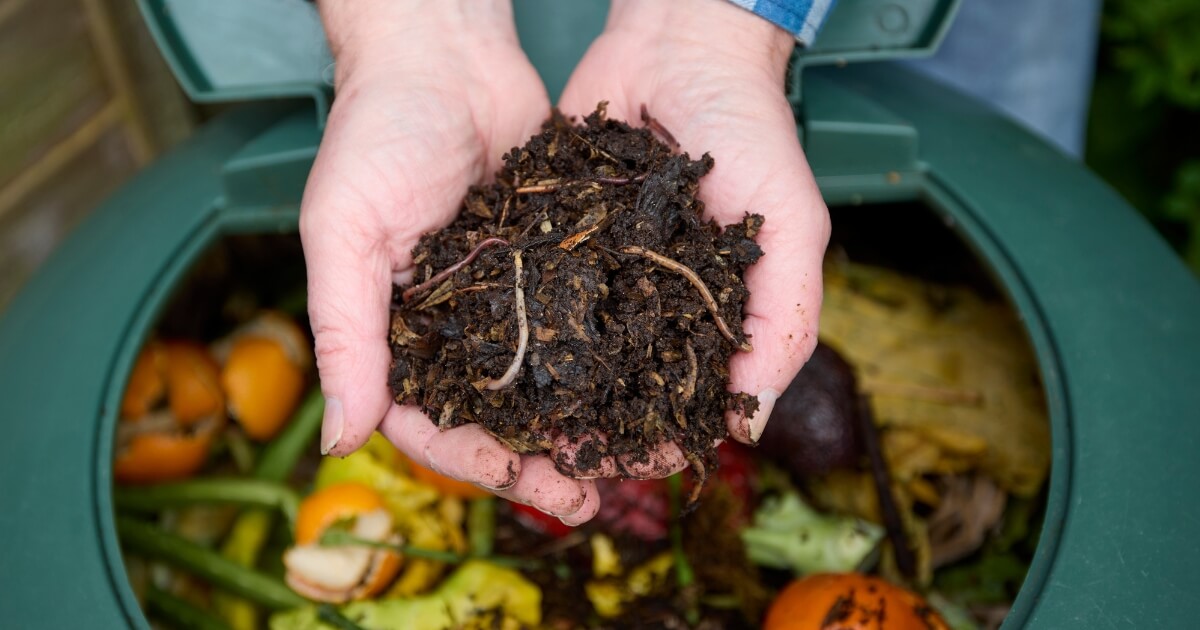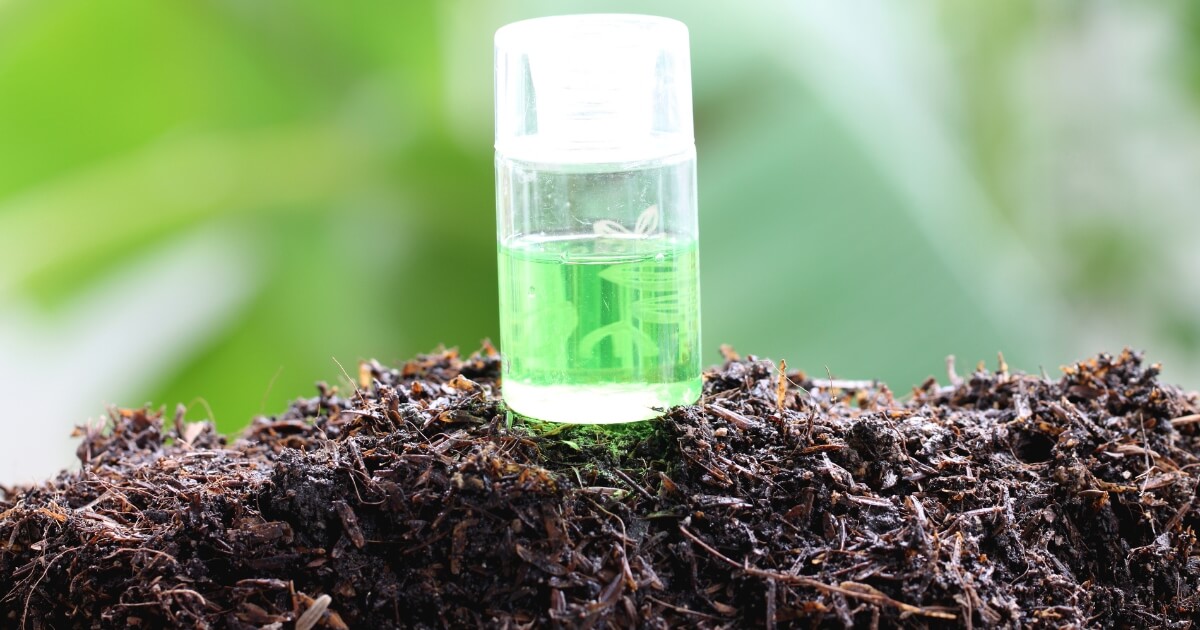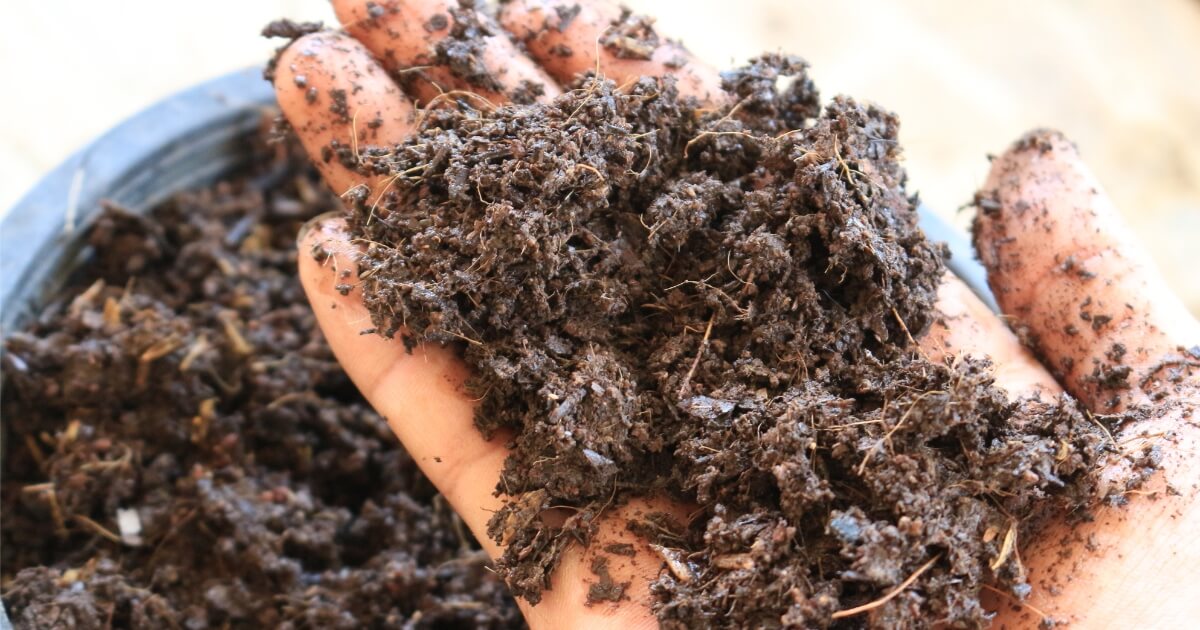Who says you can’t compost meat?
It’s a hot debate in the composting community whether or not you should ever add meat to your home compost system. The truth is, meat is organic and, therefore, compostable!
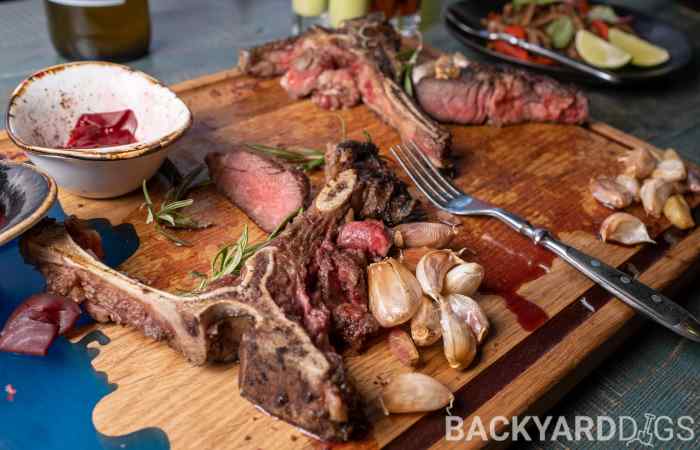
I am writing this guide to clarify the pros and cons of composting meat, and discuss how long it takes to decompose. Lastly, I explain the best ways to compost meat at home.
See for yourself why composting meat is not as taboo or as difficult as you once thought!
Can Meat Be Composted?
Is meat compostable? Yes, you can compost any meat by burying it, utilizing a composting bin, or adding it into your outdoor composting system.
The more experience you have with composting in general, the better you’ll be when dealing with issues that arise when trying to compost meat.
Let’s take a look at the pros and cons of meat composting, so you can decide if it’s right for you.
Pros:
- Allows you to recycle more kitchen waste
- Meat adds beneficial ingredients into the finished compost that plants love
- Creates less smell than rotting in your garbage can until pick-up
Cons:
- Requires a Bokashi or hot composter system
- Extra care must be taken to reduce the spread of pathogens
- Can attract rodents and bugs
- Compost will need consistent monitoring
Related | Are Bones Compostable?
How Long Does It Take For Meat To Decompose?
Temperature, moisture, microbe exposure, and other factors determine how long it takes for meat to decompose.
Meat takes anywhere from one month to more than a year to fully decompose.
For example, a finely chopped piece of cooked meat breaks down quicker than a large slab of raw meat.
The bacteria that digest the proteins found in meat live best in an anaerobic environment. There are compost bins made specifically to create anaerobic conditions, so meat scraps break down typically within a month or two.
Standard aerobic compost systems use heat to increase the breakdown of meat fibers and accomplish the task in around six or seven months in a well-tended pile.
Compost that gets little attention can take a year or longer to break down chunks of meat if the critters don’t help themselves to the morsels.
How To Compost Meat
Composting meat presents special concerns, but you can recycle this waste using proper care.
There are two popular ways to handle meat scraps. The first uses an anaerobic composter, and the other uses a traditional aerobic method.
Bokashi Bucket
If you accumulate meat scraps on a regular basis, it’s best to use the Bokashi composting method.
The Bokashi system uses an anaerobic process to handle food waste like meat and dairy in a two-step process.
First, you layer food scraps and a bacteria-laden “bran” material inside an enclosed Bokashi bin. Once the material breaks down after two or three weeks, you bury the material outside, where nature finishes off the decomposition.
The main benefit of using the Bokashi system to handle meat is how quickly the material breaks down within the bin. The bacteria in the bran thrive in oxygen-deprived conditions, and the sealed container reduces odors and deters pests.
The downside of Bokashi is that you need to bury the remnants once the compost is complete.
Some people toss Bokashi remains into their standard outdoor composter to complete the process, but it takes practice to keep the compost ingredients in balance.
Standard Compost Bin Or Pile
Putting bits of meat in compost when you use a traditional outdoor system requires special handling to deter bugs and rodents, as well as contain rotten odors.
Never put meat into a cold compost pile. Only add meat to an already well-functioning “hot” compost pile.
Related | Can You Compost In Winter?
When possible, cook any meat scraps to kill off harmful bacteria like salmonella and E. Coli which an animal can spread if they get into your pile.
After cooking, dice up the meat into small bits to jump-start the decomposition process.
Tips For Composting Meat
Balance The Ingredients
To compost correctly, you need to keep the ratio of “green” (nitrogen) material in balance with “brown” (carbon) material.
Meat is a dense nitrogen source, so you must increase the amount of carbon to offset issues from arising.
I find my compost pile needs around 25 cups of sawdust or leaf shreds to balance out a cup of cooked meat scraps.
Use trial and error to determine the correct ratio for your compost since specific ingredients, moisture levels, and weather play a huge part in overall success.
Add small amounts of meat in compost every few weeks, instead of a large quantity at one time to maintain a healthy ingredient balance.
Monitor The Temperature
Only when internal compost temperature is between 140 to 160-degree Fahrenheit is meat compostable.
To keep track of temperature, consider investing in a thermometer made specifically for compost.
This tool is a fantastic way to see if your compost is “cooking” properly.
Aerate The Pile
Turning the compost increases oxygen flow, which boosts bacterial action and heats the pile.
Adding meat scraps in your pile requires a constant high temperature, so be vigilant about aerating the compost on a regular schedule.
Deter Pests And Odors
It’s much easier to keep critters out of your compost if you use a compost bin with doors that shut tight.
An enclosed system also reduces odors, but I find that adding a layer of dirt or sawdust over my outdoor compost pile keeps smell under control and attracts fewer bugs and scavengers.
In Summary
Choosing to compost meat along with other kitchen waste using a Bokashi or hot compost system is perfectly safe when you take the right precautions.
I find that with a bit of patience, and by following the tips in this guide, it’s easy to compost meat at home successfully!
